What if the pandemic of a deadly influenza virus breaks out in our day?
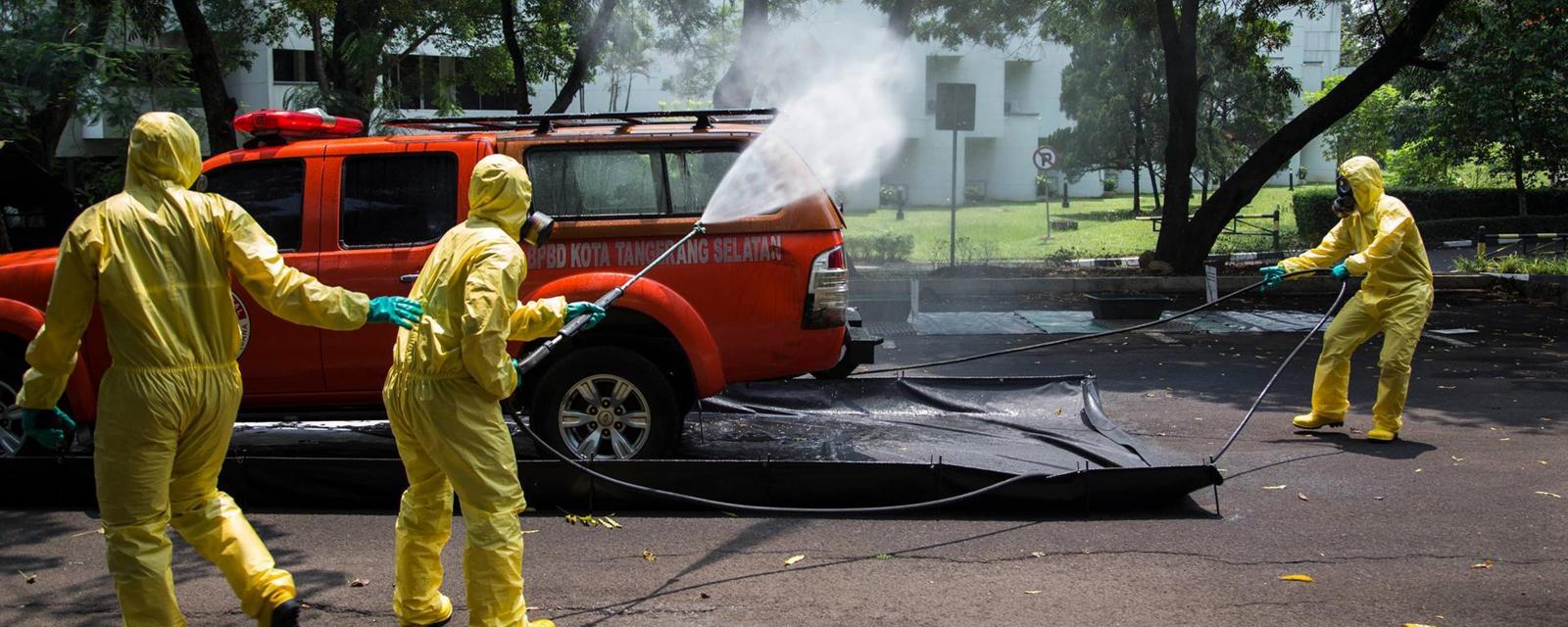 Source:
Source:
The last century since since the Spanish flu has claimed at least 100 million lives. And remains only a matter of time when there will be such a strain. One hundred years ago, the flu season has matured the usual way. Most of those who became ill in the spring, quickly recovered, and the mortality rate was not higher than usual. The Newspapers wrote more news about the war than about the flu. But in autumn everything changed. A previously unknown virus turned out to be an extremely dangerous strain, destroying populations in North America and Europe that kills its victims in a matter of hours or days. In just four months, the Spanish flu, or "Spanish flu" as it is called today, has spread around the world and has penetrated even the most isolated communities. By the time the pandemic reached the next spring, from 50 to 100 million people — about 5% of the world's population was dead.
A Century later, the pandemic of 1918 seems to be as distant from us in horror, as the bubonic plague and other deadly diseases that we more or less mastered. But the flu is still with us — and he continues to claim 250 000 to 500 000 lives annually. Each year brings a slightly different strain of seasonal flu, as the pandemic may occur depending on the range of influenza viruses in animals. In addition to 1918, in the last century happened pandemics in 1957, 1968, 1977 and 2009.
Given the propensity of the virus to mutate and his constant presence in nature (it occurs naturally in wild waterfowl), experts are convinced that it is only a matter of time when will be contagious and deadly strain like the Spanish flu — and maybe even worse.
"influenza Pandemic like earthquakes, hurricanes and tsunamis: they appear, some worse than others," says Michael Osterholm, Director of the research Center for infectious diseases at the University of Minnesota. "To believe that we will not have a second event, as in 1918, stupid."
But when it takes place, he continues, is impossible to predict: "as far As we know, it may happen even now as we speak". It is impossible to accurately predict the future, when similar to the "Spanish flu" strain again appears and begins his bloody harvest. But some educated guesses we could make.
First, the impact of the virus will depend on whether we catch it early enough to keep, says Robert Webster of the Department of infectious diseases at Children's research hospital St. Jude. There are many systems that are designed for this: the group of observation of influenza world health organization constantly monitors the development of the virus in six core laboratories across the world, and an additional set-oriented agriculture laboratories doing the same thing for poultry and pigs.
"Our observation, apparently, we will try to maximize the good, but we can't keep track of every bird and pig in the world is impossible," Webster says. "We should be so lucky, if we want to contain the virus".
The Reality is, he continues, the virus will almost certainly break out. Once that happens, it will spread over the globe in a matter of weeks, given the level of mobility today. "The flu is one of those viruses that if they fall in vulnerable populations, develop quickly," says Gherardo Cowell, Professor of epidemiology and biostatistics at the University of Georgia. "The individual had to stand it until until you have symptoms".
Because over the past hundred years the number of people in the world increased more than four times as likely to be more cases of infection and death compared with 1918. If in 1918 as a result of the flu killed 50 million people, today we could expect 200 million deaths. "It's a lot of body bags — they would be over very quickly."
As history shows, mortality is likely to be unevenly distributed among populations of different countries. Spanish flu quite differently manifested in different countries. In India, for example, the virus has claimed more than 8% of the population in Denmark is less than 1%. Similarly, during the H1N1 pandemic of 2009, the mortality rate in Mexico exceeded the death rate in France is 10 times.
Experts believe that these differences are influenced by a variety of factors, including prior exposure of the population to similar flu strains and the genetic vulnerability of certain ethnic groups (e.g., Maori in New Zealand died seven times more often after infection with influenza in 1918 than people on average in the world).
Poverty-Related factors such as sanitation, basic medical services and public health overall, according to Cowell also plays an important role in dealing with flu virus outbreak. "In 2009, in Mexico, many people came to the hospital only when they became very, very bad, and often it was too late," he says. Many of these victims were due to an economic decision: to go to the doctor he would lose a day of work, and therefore payment for this day. "I'm not saying this applies to every Mexican, but the most vulnerable parts of the population accurately," says Cowell.
If the pandemic will affect the United States or other places without socialized medicine, similar socioeconomic patterns will be applicable to uninsured citizens. To avoid the harsh medical bills of people without health insurance are likely to postpone the hospital visit until the last moment — andthen it may be too late. "We are already seeing this in other infectious diseases and access to medical care."
The Vaccine is the best protection against pandemics, says lone Simonsen, an epidemiologist of infectious diseases at the University during the Roskilde in Denmark. But this requires identification of the virus, create a vaccine and then its spread around the world — easier said than done. Flu vaccines that were not available until the 1940-ies today are made very quickly, but still it takes months. And even if we are successful in creating such a vaccine, it will be impossible to create enough doses for everyone, says Osterholm. "For six to nine months worldwide, only 1-2% of the population will have access to the vaccine," he says. Another limitation, he adds, is that modern flu vaccines are effective, at best, 60%.
Similarly, although we have drugs to combat the flu, we don't build up their reserves in case of a pandemic. "Today we don't have enough antiviral drugs even the richest countries in the world, the United States," notes Coll. "What can we expect for India, China or Mexico?".
In Addition, existing drugs are also less effective than comparable treatments of other diseases, primarily because "the world treats seasonal flu as a rather trivial disease," says Webster. "Only when there is a serious outbreak, like , the scientific community is beginning to give the disease more attention."
Given this reality, hospitals will be filled very quickly, says Osterholm; medicines and vaccines will end instantly. "We are already shocked the health care system here in the US, only one seasonal influenza this year, but it was not even particularly hard year," he says. "This shows how limited our ability to respond to a significant increase in the number of cases."
As in 1918, with increasing infections and mortality, cities around the world, most likely, will stop. Businesses and schools will be closed; public transport will stop working; the electricity was knocked out; the streets will begin to accumulate corpses. Food will be sorely missed, as well as the vital medicines that support the lives of millions of people with diabetes, cardiovascular disease, immunosuppressive conditions, and other vital issues.
"If the pandemic leads to violation of industrial and transportational chains of drugs, we will see the death of people in the shortest possible time," says Osterholm. "The cumulative impact of the pandemic in the style of 1918 can be very dramatic".
Even after the virus has exhausted itself, the consequences of its occurrence will be given in different parts of the world. The 1918 virus was "even then terrible," says Simonsen, is that 95% of those killed were not very young and not very old, as usually happens in case of flu, and quite healthy, at the peak of earning capacity. The virus destroyed a part of the workforce and has had a profound impact on families, resulting in many children left orphaned.
It is Almost certain scientists found out about it only in 2005, when reconstructed Spanish flu virus from samples retrieved during the mission Brevig in a village in Alaska, where 72 of 80 residents were killed by the disease in less than a week. The body of one victim preserved in permafrost well enough to allow the microbiologist to restore her lungs, which still contained the genes of the virus.
The Test animal using the recovered viruses showed that the 1918 strain bred exceptionally well. It's called the natural immune response, cytokine storm, where the body goes in overload mode, producing chemicals designed to prevent invasion. Cytokines are themselves toxic — they are responsible for aches and pains during flu season — and many of them can overload the body and cause total system failure.
Because adults have stronger immune systems than children and the elderly, scientists believe that their stronger responses to influenza can be fatal. "We finally understand why the virus was so pathogenic," says Webster. "The body essentially killed himself."
In the decades after the Spanish flu, scientists have developed different immunomodulatory therapies that help to mitigate the cytokine storm. But this treatment would not be considered ideal, and it is not available everywhere. "Today, we are dealing with the cytokine storm is not better than in 1918," says Osterholm. "There are several machines that can breathe and the blood drive for you, but in General the outcome is very dismal."
And this means that, as in 1918, we will probably see a huge loss of life among young people and middle aged people. And since the life expectancy today for decades more than a century ago, their deaths will be much more significant for the economy and society.
However, among the bad news there is one chance for salvation: a universal flu vaccine. This old dream dedicated significant resources, efforts to develop breakthrough vaccines gaining momentum. However, we can only wait and see if she arrives in time to prevent the next pandemic.
"Research is ongoing. I hope before this hypothetical hot virus we get a universal vaccine and will be well prepared," says Webster. "But at the moment we have nothingno."
Make it in Time? Tell us in our
Recommended
The coronavirus has mutated into 30 new strains
While coronavirus Apocalypse slowly but inevitably becomes routine, the virus SARS-CoV-2 continues to evolve. And, unfortunately, he was good at it. Writes , with reference to the South China Morning Post reports that new studies show that the virus ...
In the United States recognized that the ventilator dies 88% of patients with coronavirus
When the world is raging coronavirus that causes pneumonia and kills people, the only solution is intensive care. If this is not done, the victims will be very much. Today for severe patients there is only one solution — connected to the appara...
Can a transfusion of blood plasma to cure the coronavirus?
Typically, vaccination involves the introduction into the organism of the weakened or killed microorganisms (viruses) designed to create a strong immunity to possible future infectious diseases — that is, for selection of antibodies. But what i...
Related News
Developed in Russia artificial heart successfully passed the first tests
Modern transplantation, unfortunately, still have not come to that point to create a "living" artificial organs. But in creating their inorganic analogues has progressed quite far. And recently a group of Russian researchers from ...
Chinese scientist announced the birth of the world's first genetically modified children
In 2015, Chinese scientists have successfully edited the genome of human in the laboratory. Then about the creation of genetically modified people to talk all the international community and some countries have even completely ban...
The new substance will restore even severely damaged the cartilage and meniscus
Our body is pretty good recovery after different types of injuries. However, some tissues, such as cartilage, owing to its anatomical structures have a poor blood supply. This is due to a number of reasons, but there is a problem:...
Printed on a 3D printer organs will return your lost feelings and give superpowers
As you know, electronic devices are pretty bad "in contact" with our bodies. Cochlear implants can irritate, the pacemaker may reject as something alien to our body, it's even the same VR headset to wear for a long time is not ver...
A new milestone in medicine: the world's first scanner for the whole body
Researchers and scientists from the University of California in Davis with their Chinese colleagues from the company United Imaging Healthcare (UIH) has created a device EXPLORER that represents the world's first medical scanner t...
Biologists have created the most advanced artificial cells
Modern science is far enough advanced in the creation of various artificial organs and this is not news. And how do you artificial cells that can perform many of the functions of their living counterparts, but non-biological mecha...
Multi-dose capsule with the drug passed the first test on humans
as strange As it may sound, but violation of order of medications is a fairly common reason that drugs are not good enough or do not act at all and may cause side effects. For some drugs the frequency of administration can be vita...
Scientists have created a unique implant that will not be rejected by the body
Any material (including biological), which are not created by our bodies in any event are foreign and will reject. And even if they are made of the most advanced inert material, ensure that rejection will not happen, nobody will. ...
Scientists create laser dermal regenerator from the "star trek"
Technology from a sci-Fi universe of "star trek" continues to penetrate into our real life. We have already read about the medical tricorder, heard about the development of the warp engine, been evaluated by food printers. Now it'...
Created magnetic ocular implant, which protects against glaucoma
Glaucoma is one of the most dangerous eye diseases that lead to blindness. The fact that despite the existence of mass types of therapy, they only ease symptoms, but cannot cure the disease completely. Continuously we are searchin...
The first artificial cornea, printed on 3D-printer, ready for transplantation
the Cornea is — this is an extremely important but very delicate part of our body. It is very easily prone to injury and various diseases in which a person can lose vision. The question of creating an artificial cornea scien...
AI improved editor of genome, predicting the results
With the editor of the genome of the CRISPR-Cas9 is pretty well learned to deal. However, with a fairly good knowledge of technology and how it works, the results obtained in the course of editing, not always predictable. This is ...
Nanorobots to treat diseases was first introduced in the human eye
researchers from the Institute for intelligent systems max Planck in Stuttgart is now one step closer to creating microbots for the treatment of various diseases. At the moment, they have already successfully tested a miniature ro...
Fish rich diet will help in the fight against asthma
a Clinical study conducted by the University of La Trobe, showed that eating fish — salmon, trout and sardines — as part of a healthful diet may reduce asthma symptoms in children. During the international study found that childre...
Genetic factors of obesity protects against diabetes
Some genetic variations associated with obesity, may protect against type 2 diabetes, heart attack and stroke, scientists say. They believe that it places on the body where the body stores fat on the abdomen or around the liver ma...
CRISPR is it safe 100 percent? Scientists say no, but offer solutions
genome Editing with CRISPR-Cas9 — is not only a promising tool for research, but the key to developing new treatments for what we few days. But is there a danger in the application of CRISPR? This question was asked and scie...
Developed a vaccine against stroke and other vascular pathologies
the Formation of blood clots is the cause of the different (and often fatal) diseases. Of course, there are means of treatment of thrombosis, but in permanent employment, they have one very unpleasant property: the development of ...
At MIT figured out how to put the production on stream of microbots
Modern robots are not only learning new tricks like and are on the path of miniaturization. Repeatedly on pages of our site we wrote about a variety of microbots that can work inside our bodies to monitor vital signs or drug deliv...
What would sterile the environment and whatever the means of disinfection, we may possess, on any surface, in any case will accumulate bacteria and viruses. So if we can't affect it, maybe we should do something with the very surf...
The researchers grew neural network from human stem cells
the study of the nervous system of higher animals — an extremely difficult task. Especially if we are talking about the study of the human brain. To obtain the desired material is obtained . Recently, however, neuroscientist...


















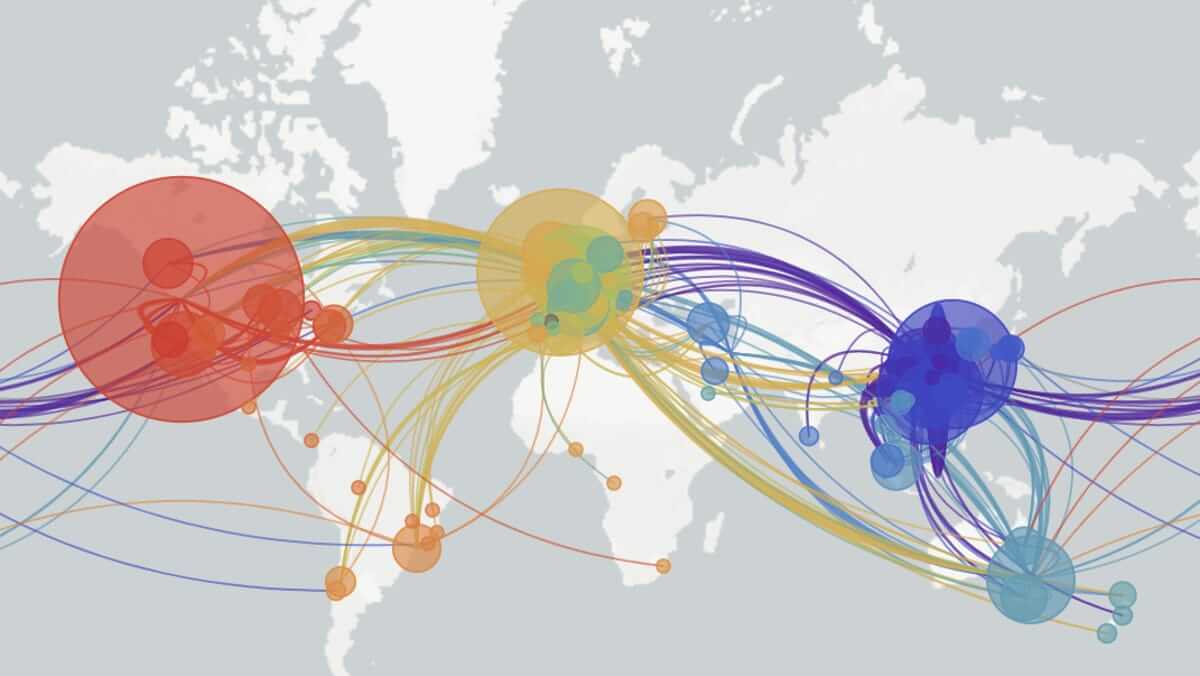
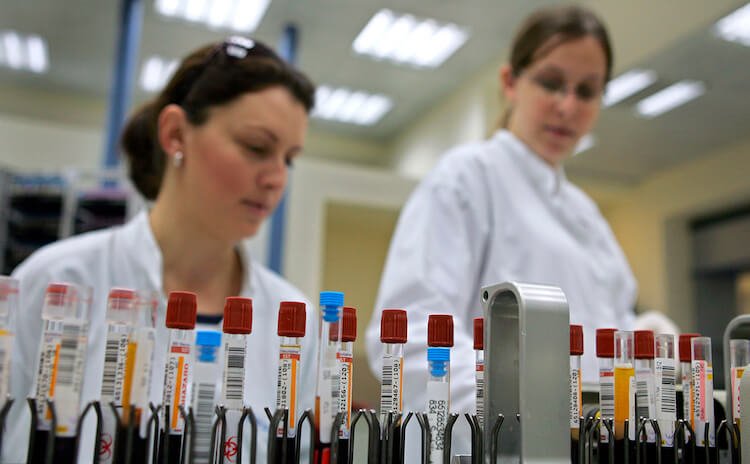
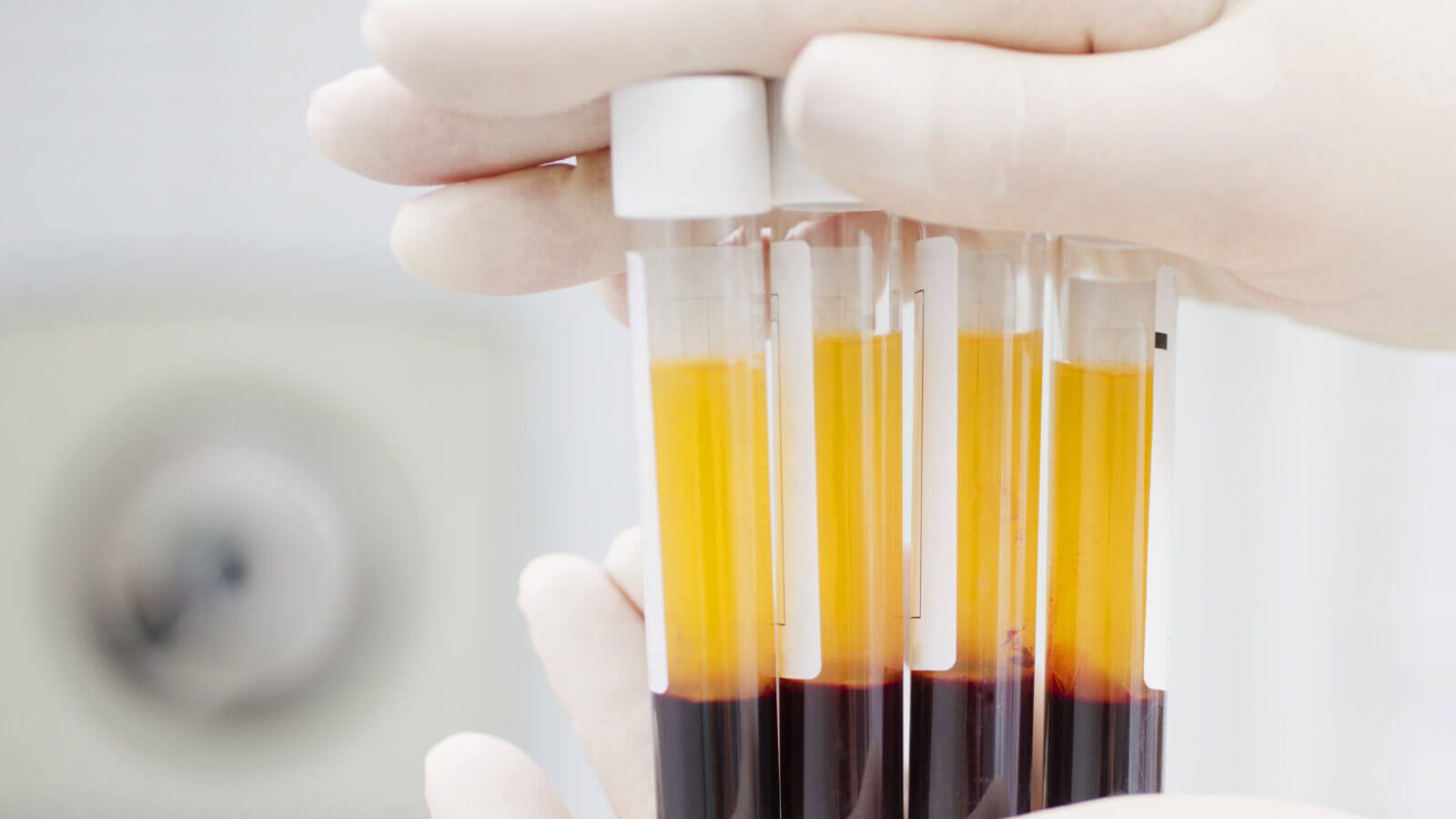
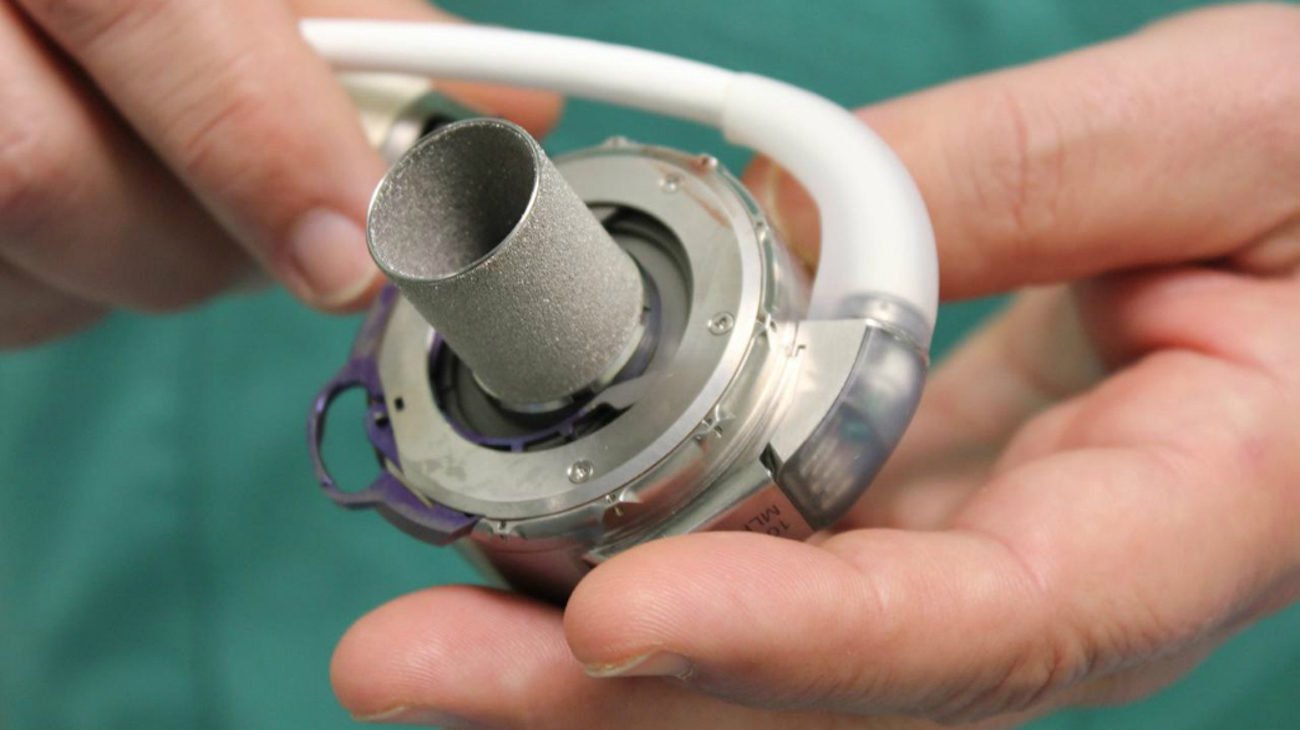
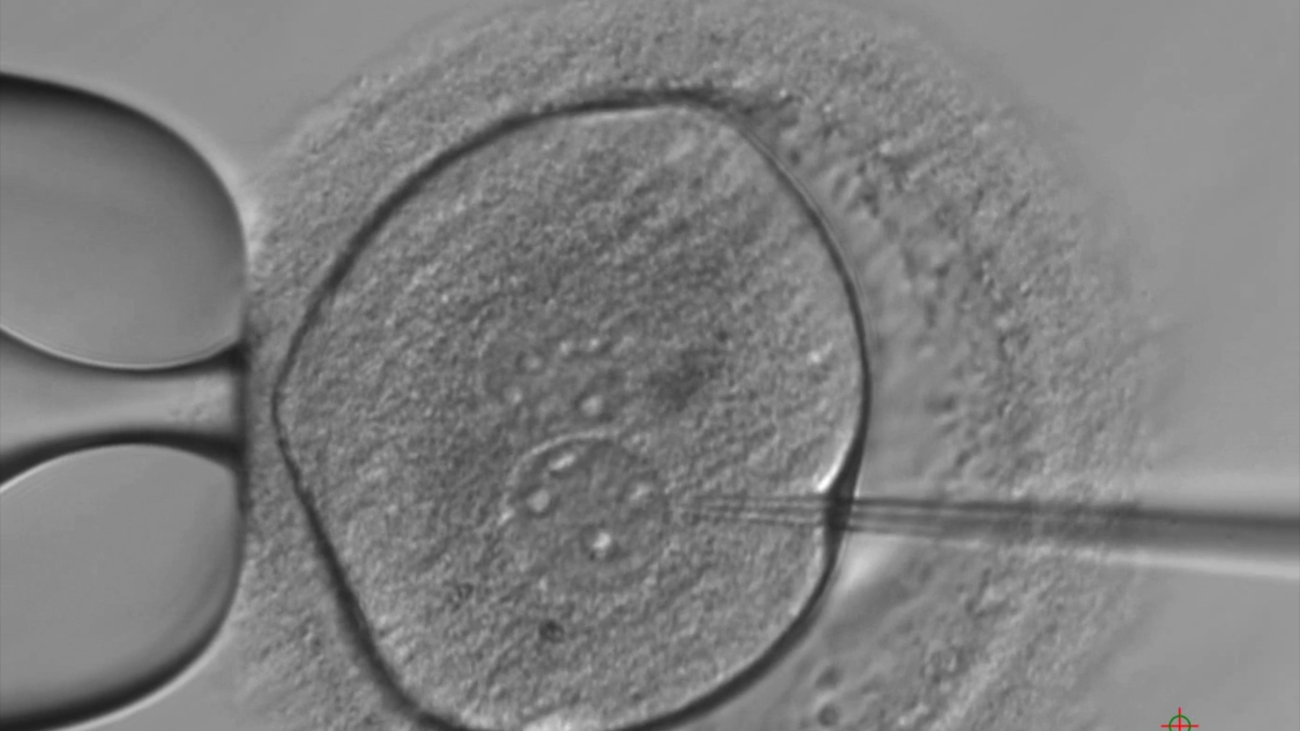


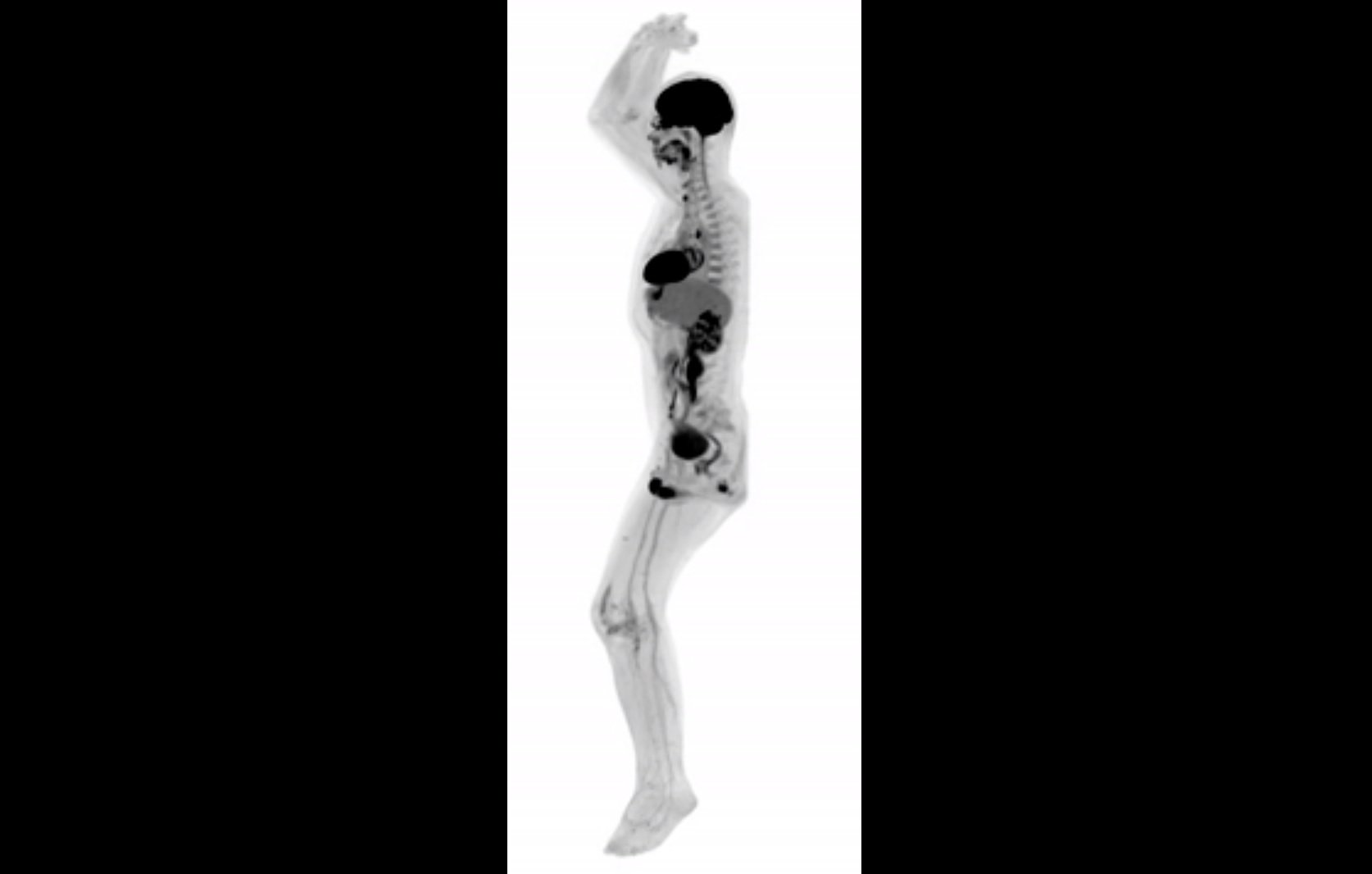
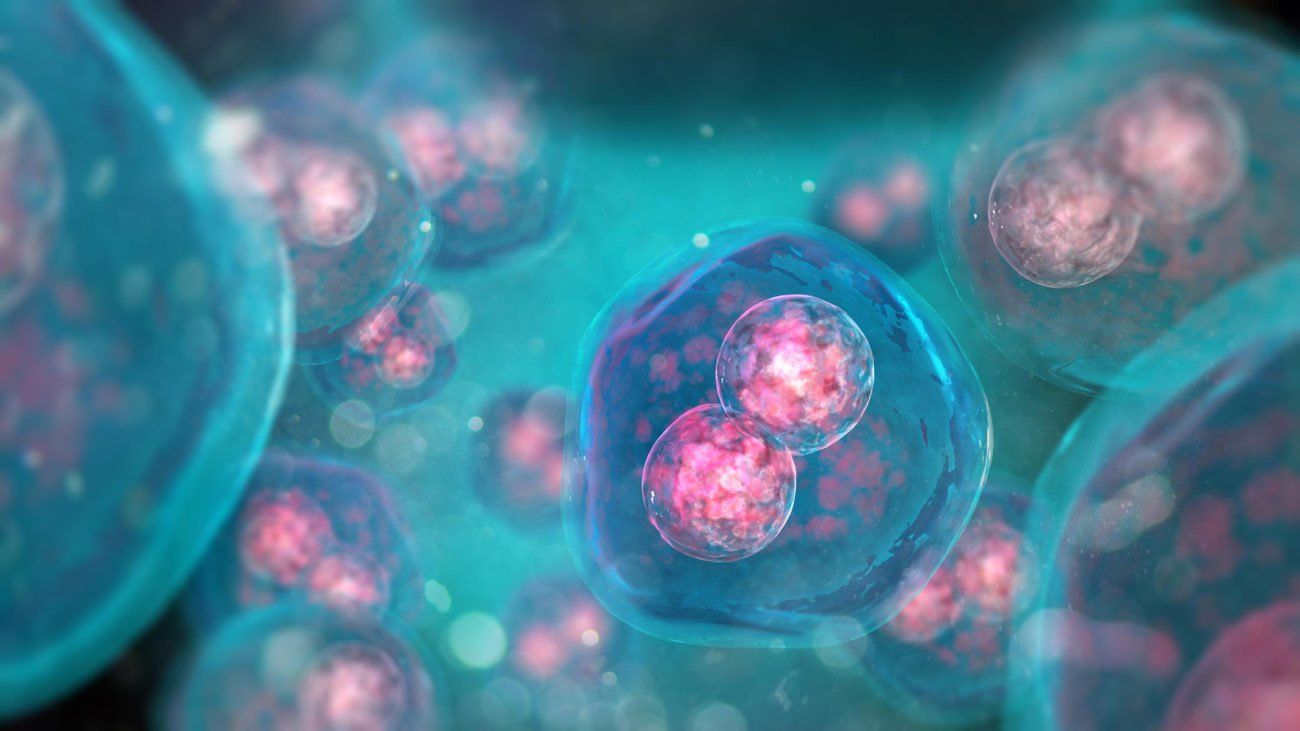
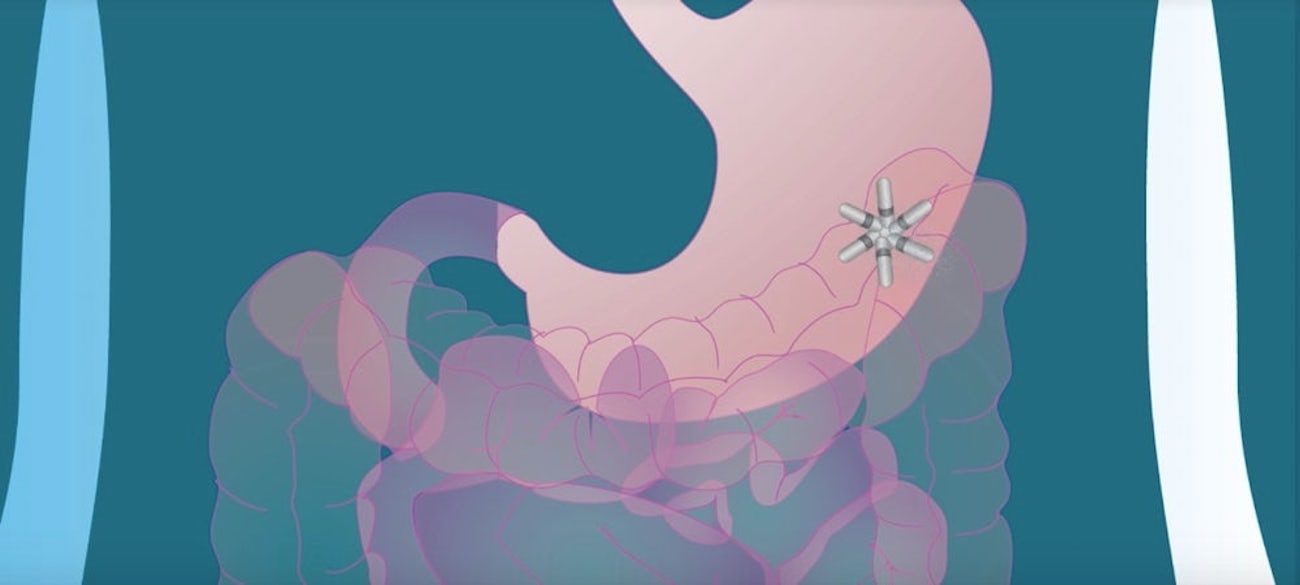
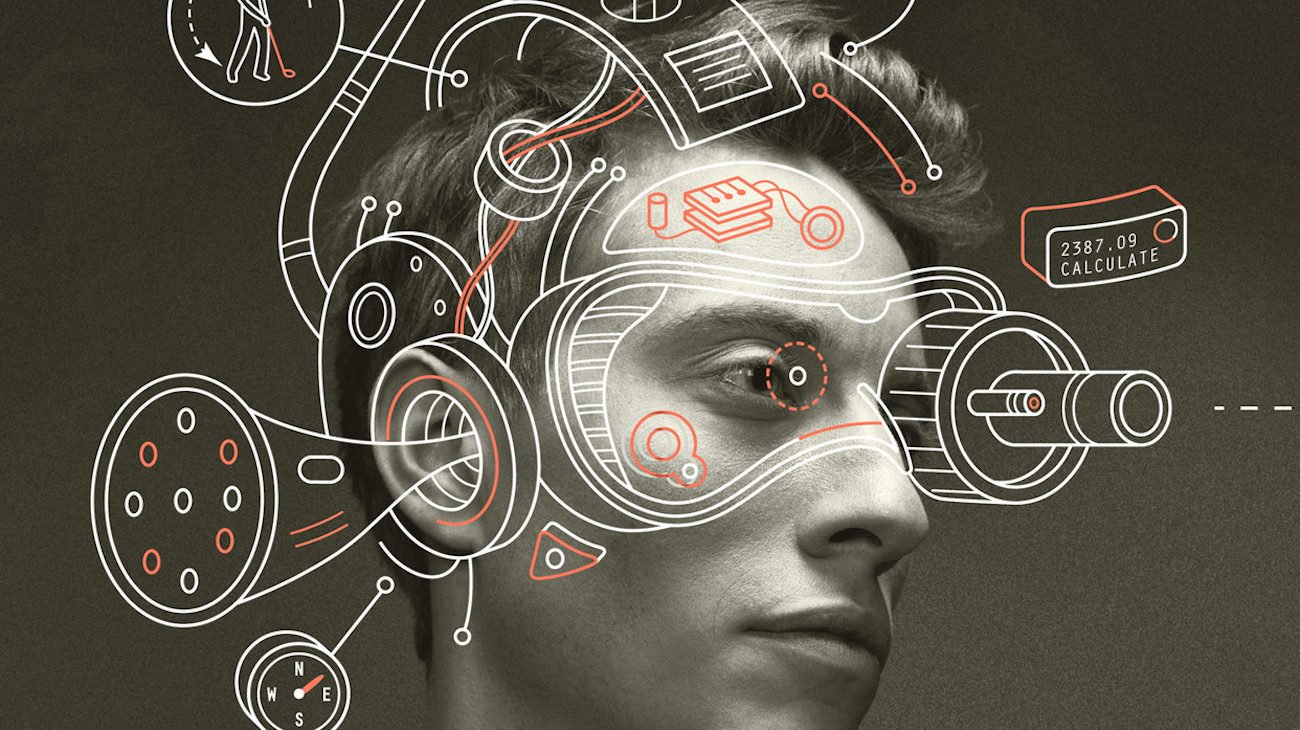
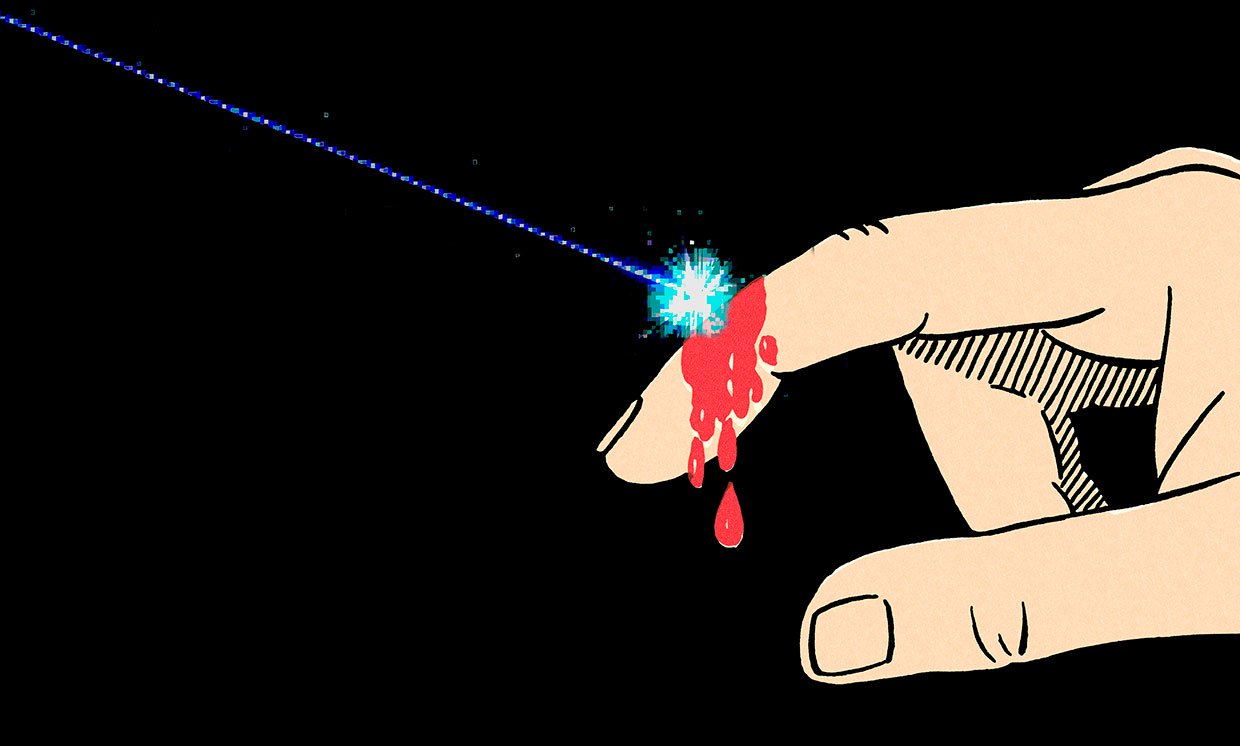
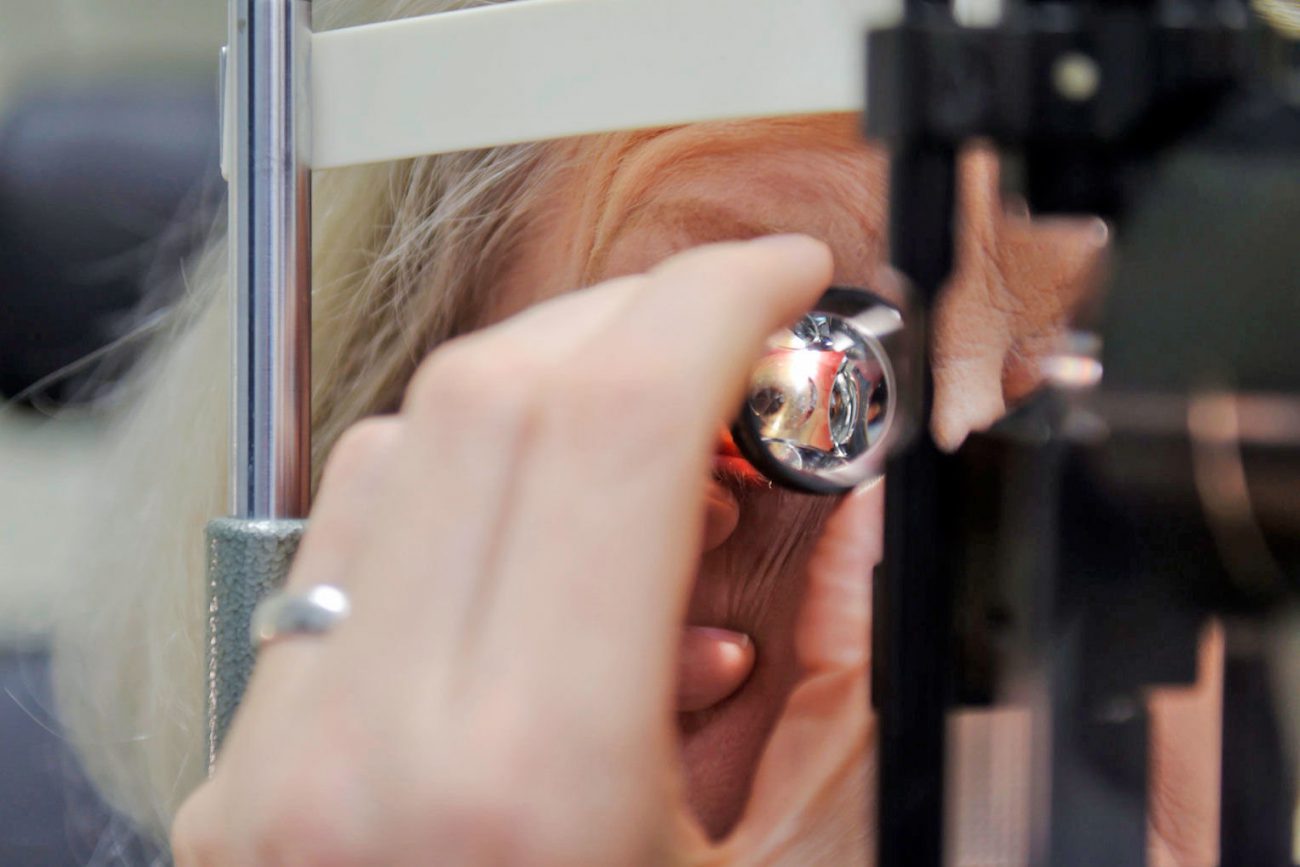
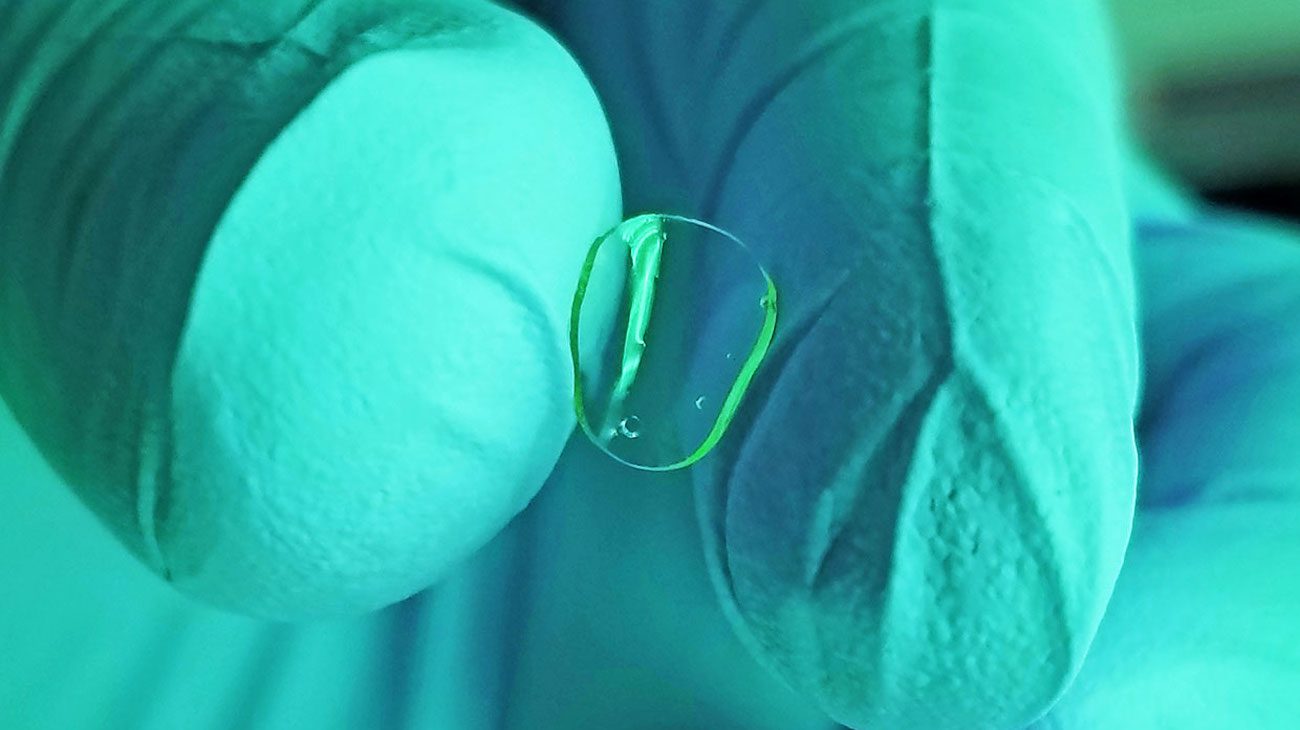
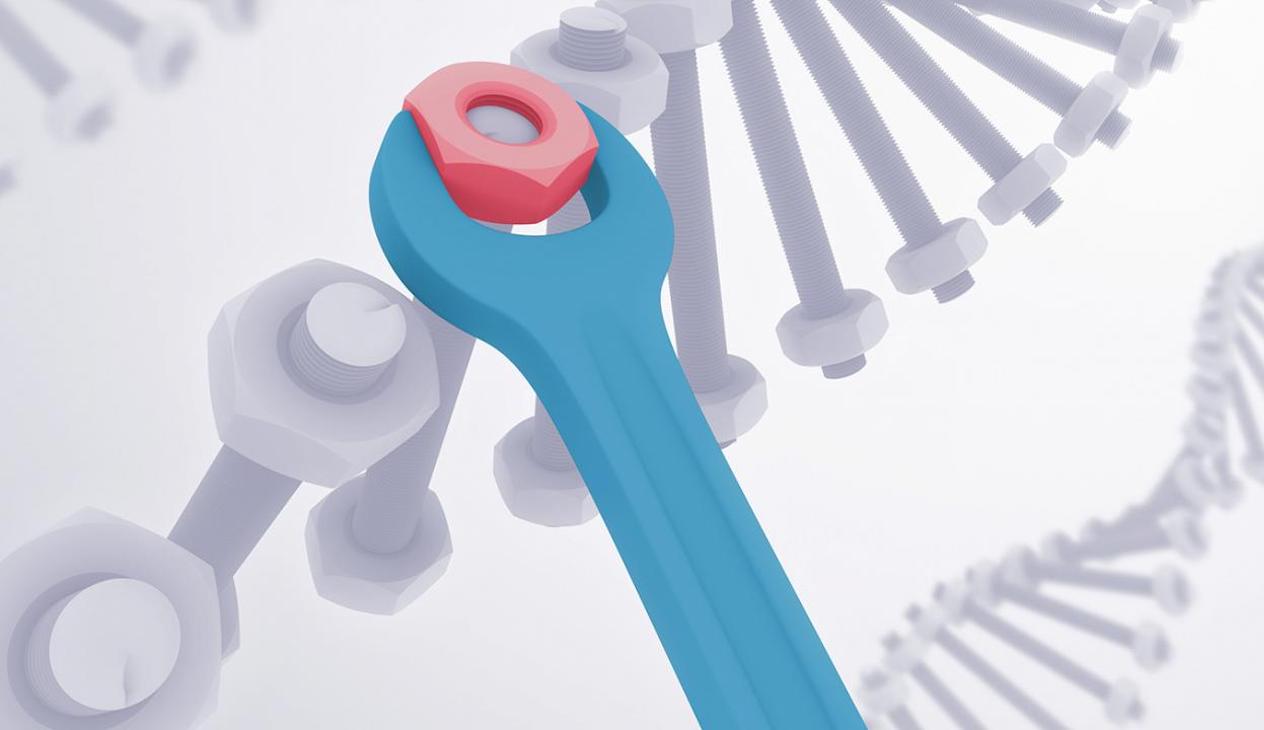
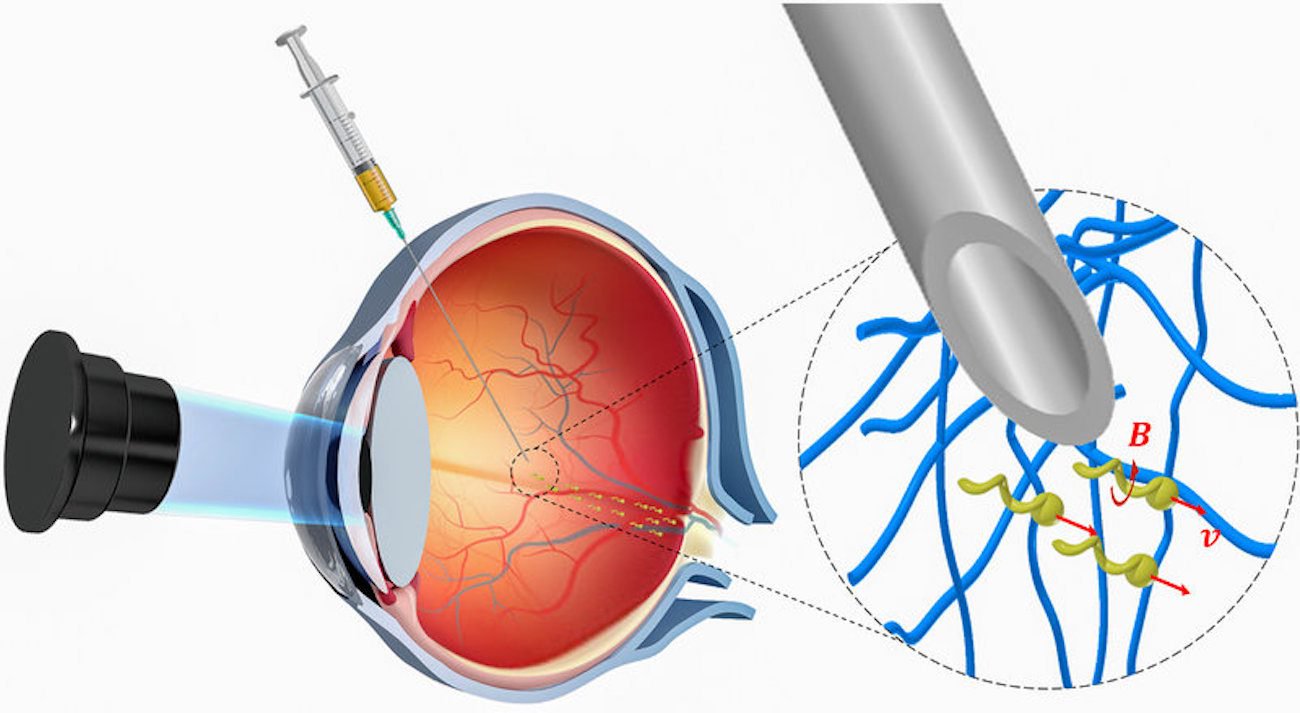

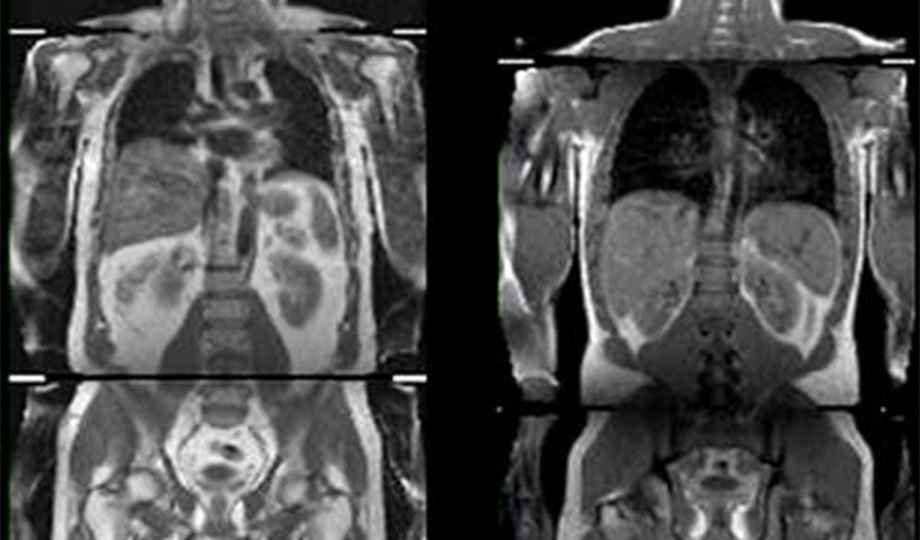

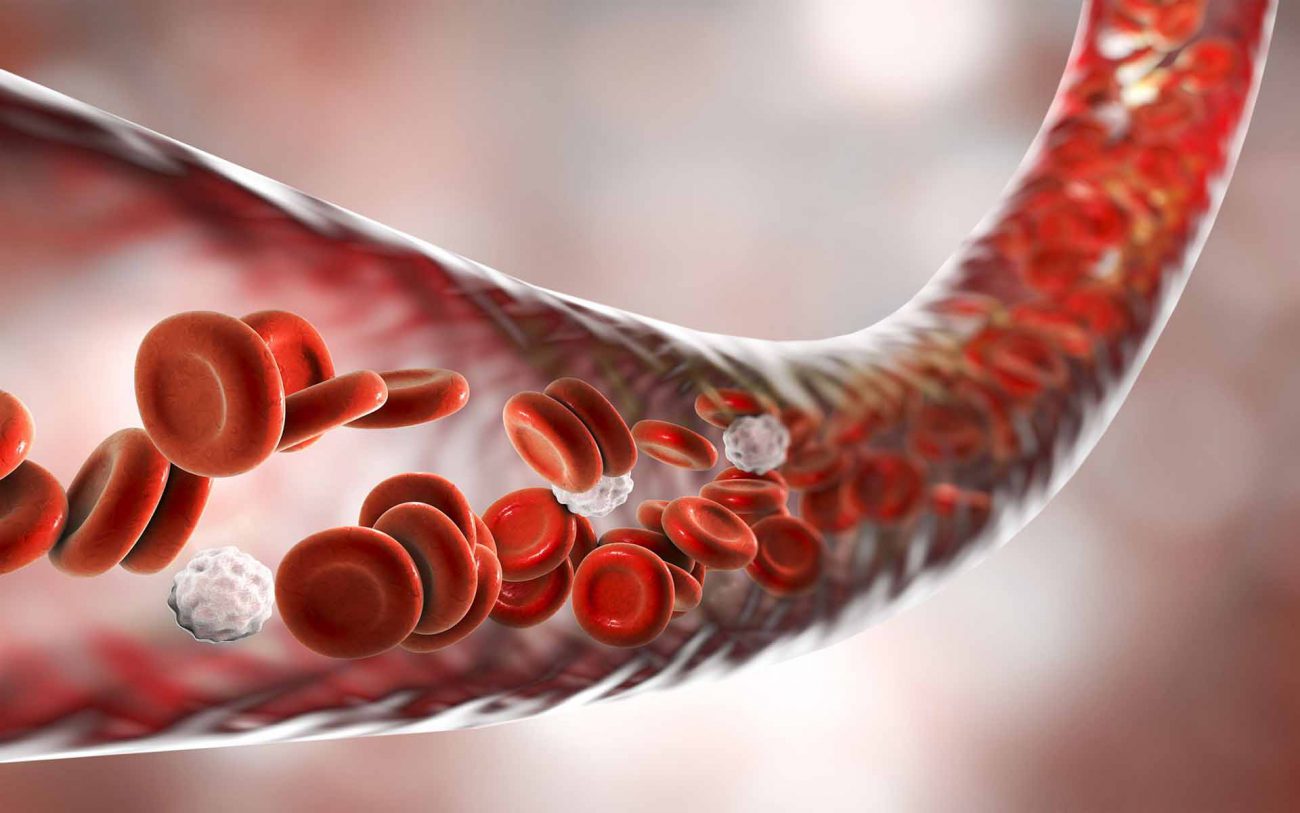


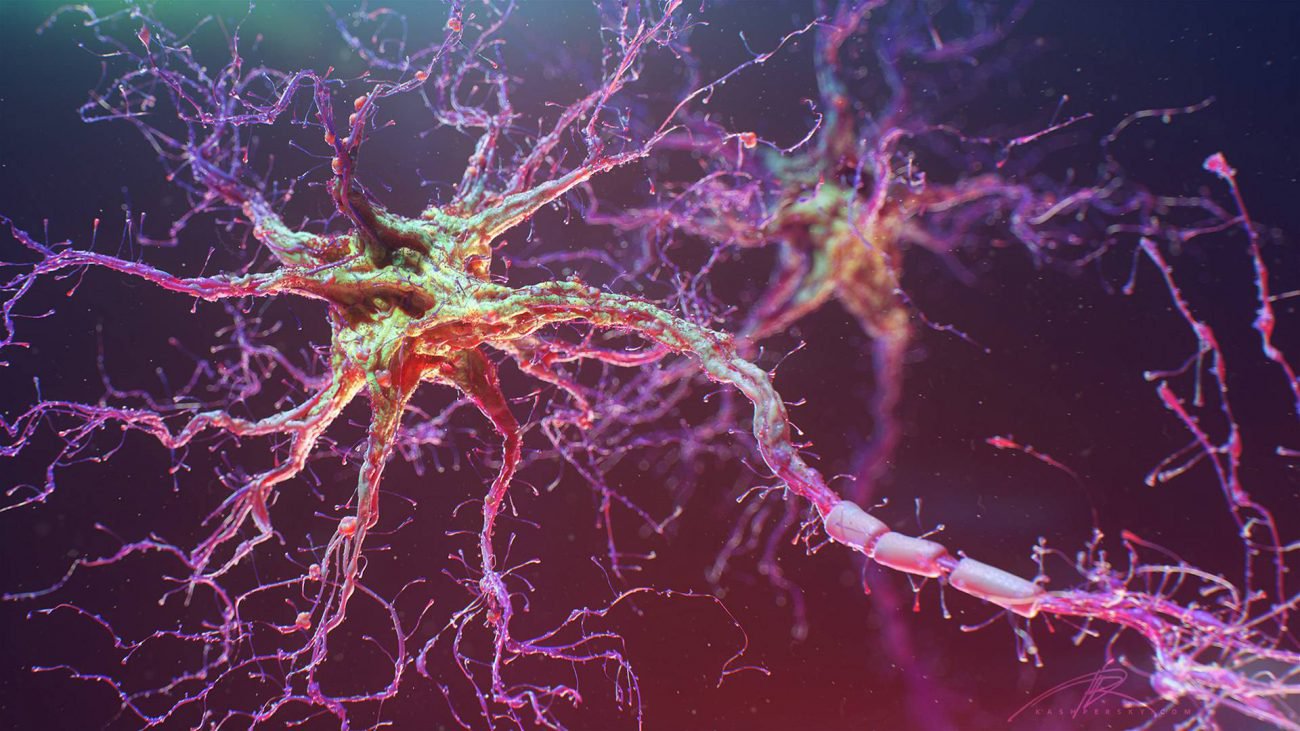
Comments (0)
This article has no comment, be the first!